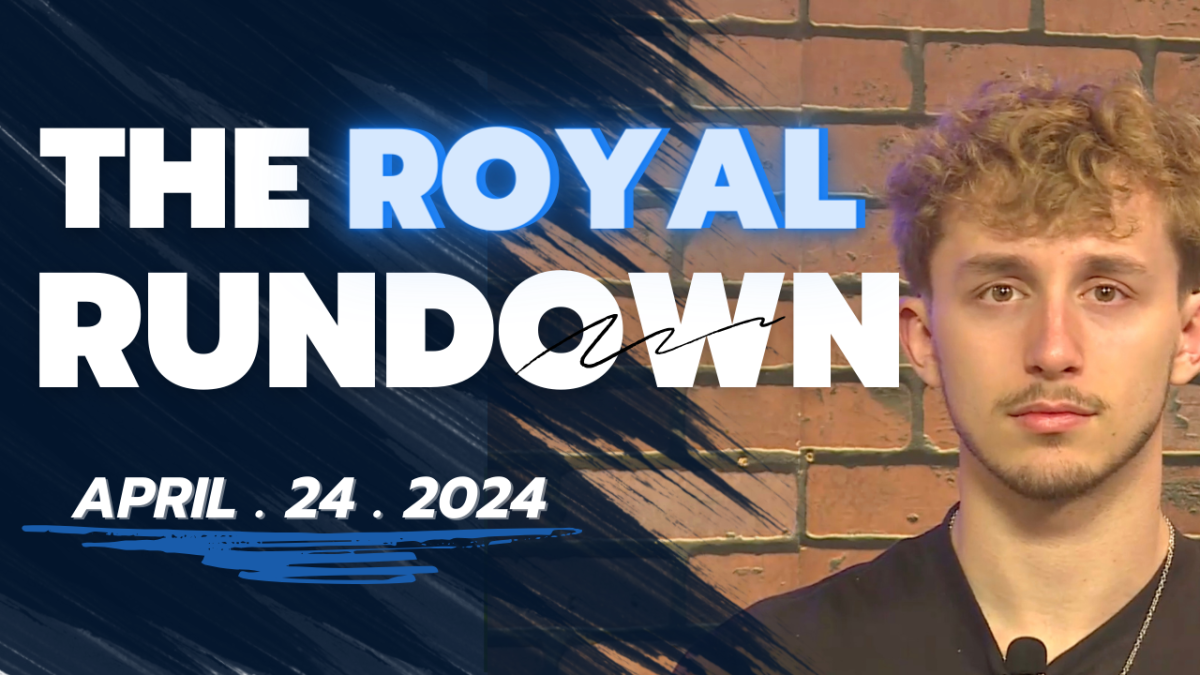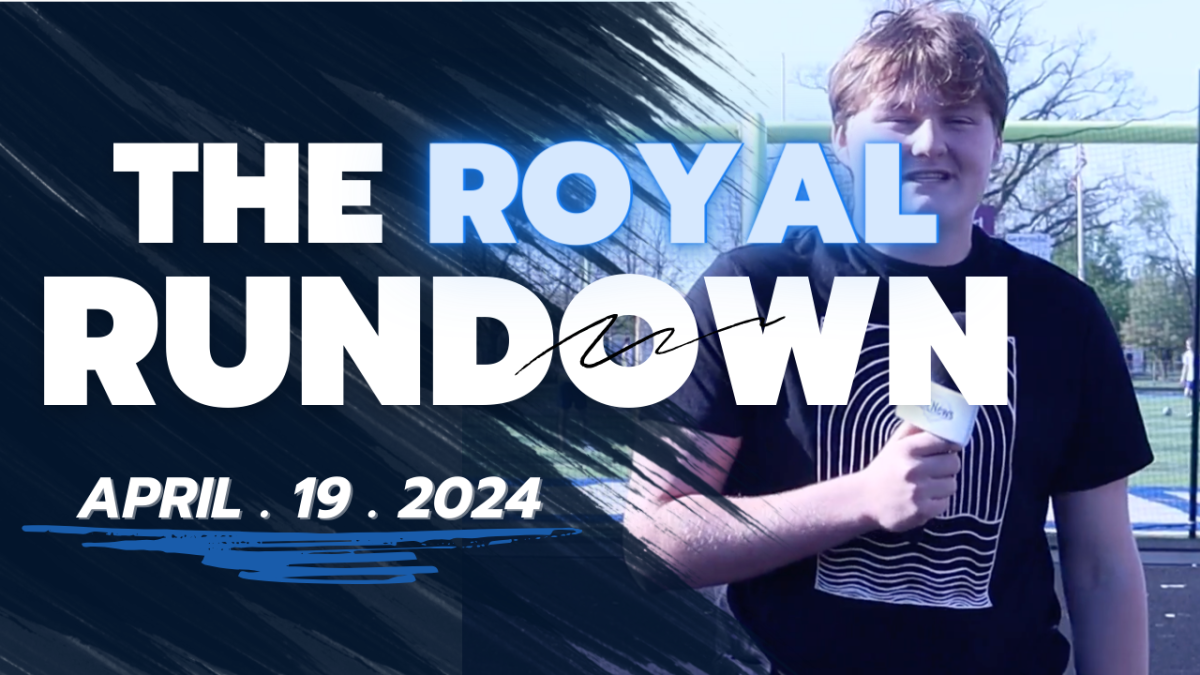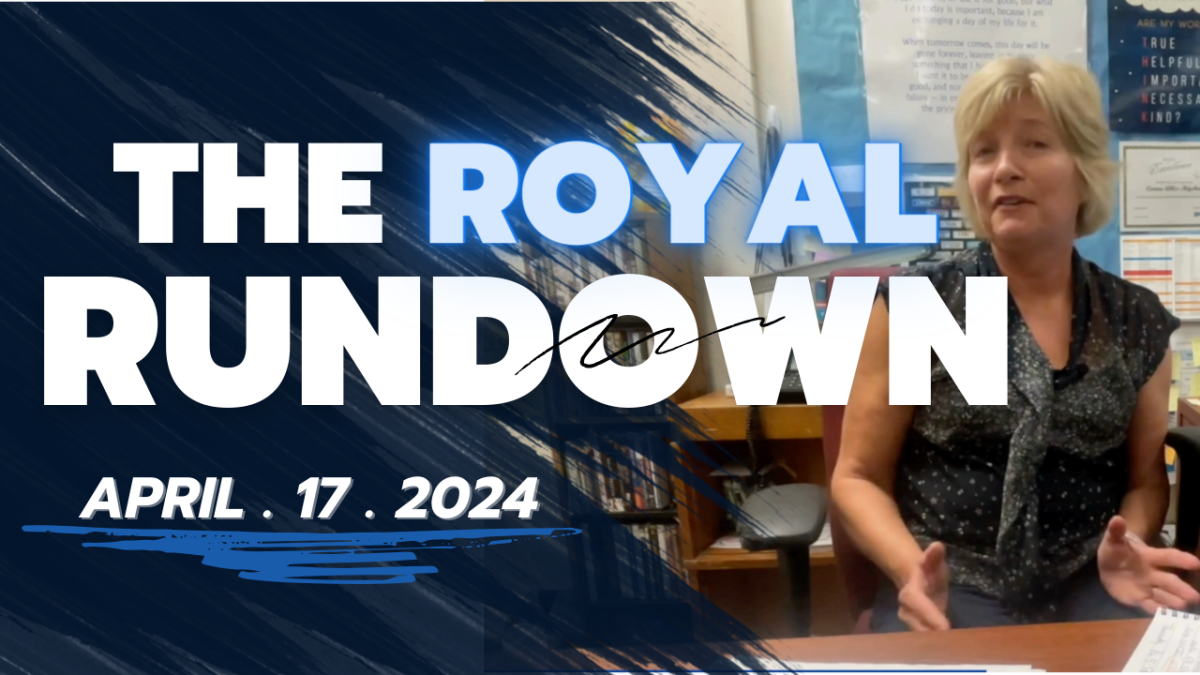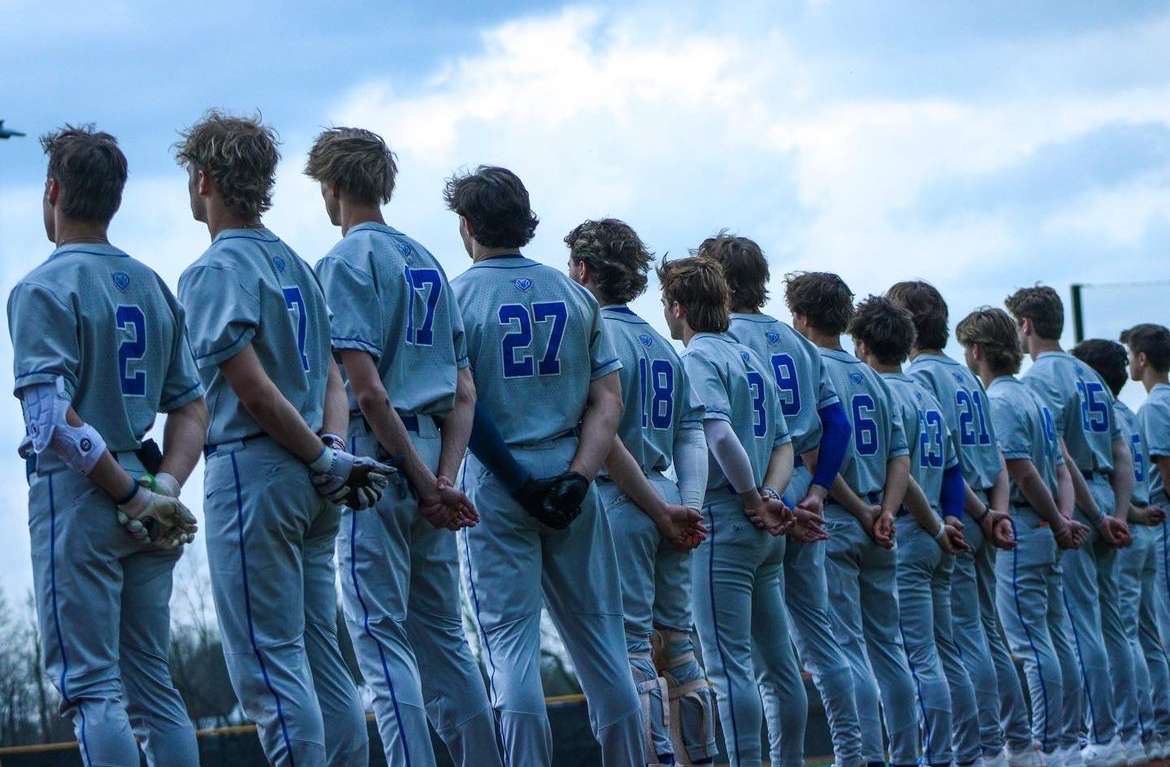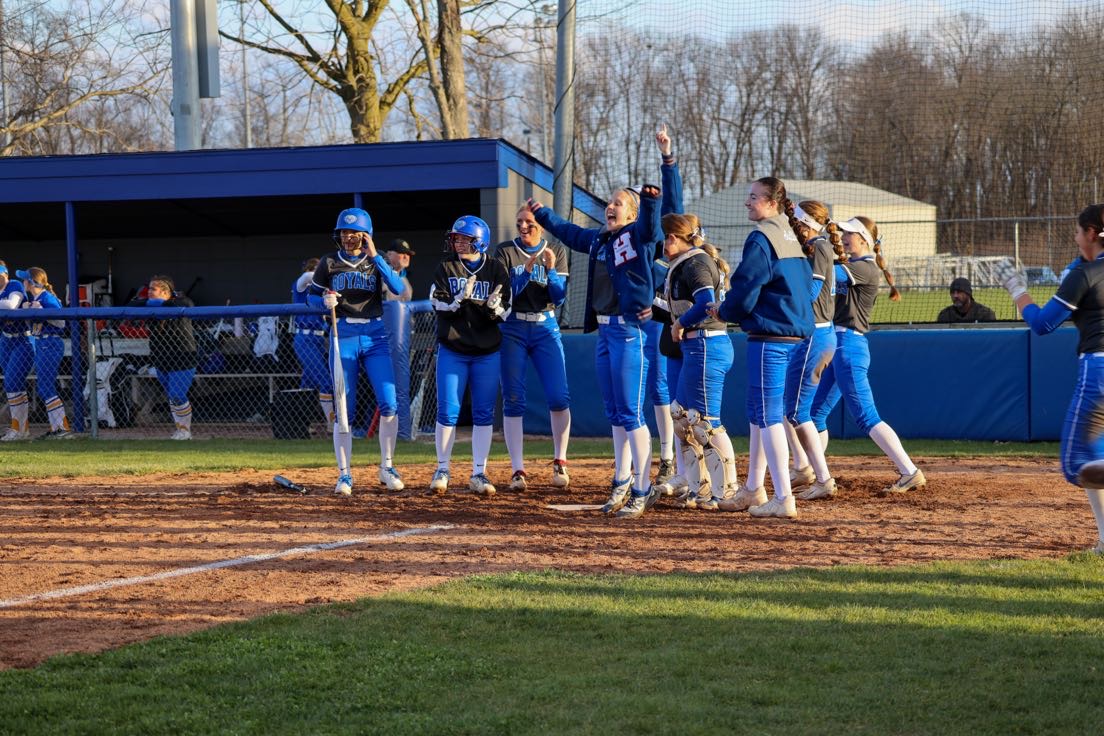Columbine. Aurora. Sandy Hook. Orlando Pulse. Las Vegas. All these locations are known worldwide for each having a similar tragically significant event. A mass shooting, defined as four or more people being shot not including the attacker all in one place at the same event, happens on average every nine out of 10 days. With the recent attack in Las Vegas not many know that there were six other mass shootings in this past ten days alone. This kind of violence that seems to spread like a plague across our country begs us to ask ourselves, “What are we doing to help, and what are we doing to contribute to it?”
Mass shootings and mental illness go hand in hand. In 2001 a study looked at 34 adolescent mass murderers. While only 23 percent had a diagnosed mental illness and psychiatric history, 70 percent were described as loners. 61.5 percent struggled with substance abuse and 43.5 percent were victims of bullying. People diagnosed with serious mental illnesses like schizophrenia are three to four times more likely to be violent than those who aren’t.
While these statistics are horrifying, it blinds the public from the real problem. The problem isn’t the people or even the mental illness.
The problem is the public’s reaction and opinions of the people who struggle with such debilitating diagnoses.
According to Roger Depue Ph.D. and 21 year veteran of the FBI, warning signs of a mass murderer are; isolation, violent fantasy content like drawings or stories depicting violence, suicidal ideation, fascination with weapons, boasting or practicing fighting and combat proficiency. According to the book Newtown: An American Tragedy which released the Dec. following the Sandy Hook shooting, it highlighted many of these warning signs in Adam Lanza, the young man who opened fire in an elementary school killing twenty children. He was described by family and friends as a loner, had drawings of violent and gruesome deaths, was repulsed by human touch and would practice shooting his pellet gun in a homemade firing range at his home. Paying attention to all of these warning signs could have prevented such a horrific act, and had his mother sought help, but fear prevented her from contacting the authorities.
James Holmes, the 25-year-old who opened fire in a Colorado movie theater had a family history of schizophrenia and was described as “quiet” and “socially awkward.” He had been taken to many sessions with a social worker and was confirmed to have a history of suicidal ideation; he made his first attempt when he was eleven years old. He was well aware of his deteriorating mental stability, and two weeks before carrying out his attack he texted a classmate if he “knew what dysphoric mania was” and continued to say that said student should “stay away” because he was “bad news.” Holmes had clearly been looking into the way his was feeling, dysphoric mania is not a household term. Often individuals about to carry out an attack describe these symptoms to those close to them as a cry for help. Despite these warning signs, Holmes still carried out his attack.
Imagine if we took the stigma away from mental illness. What if we removed the dramatic media representations, the misinformation from the news, and the overall discomfort out of talking about mental illness? Would these events take place? Would those people still be alive, and even further than that, could the attackers had gotten the help they needed? Some say yes, some say no, but it should be obvious that we are talking about the wrong issues. Rather than brushing each attack off as “just another crazy” why shouldn’t we take action to help raise awareness for people struggling with mental illness? Regardless of what the media says, these people are not all demons. Many are struggling with their own dark side and are unsure of how to grapple with it, and thus resort to violence. Some of which are only violent towards themselves. Of all suicides, 90% of them are by people with a diagnosable mental disorder. These people are misunderstood but their lives are not worth any less than anyone else’s. It is our job as a nation to try to understand, in the hopes to prevent such violent occurrences.
Nelson Mandela once said, “Education is the most powerful weapon which you can use to change the world.”
So instead of shielding our eyes when violent acts like the ones this past week occur, open them. Saving a life can be as easy as opening a book and trying to understand what a person goes through when no one else will pay attention.






